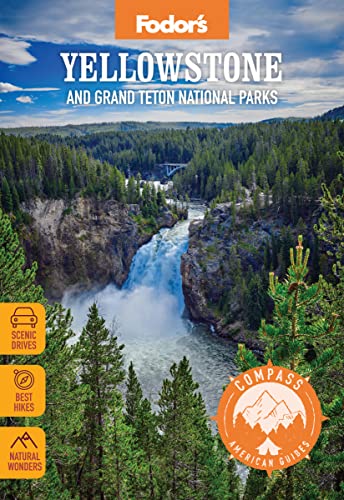Yellowstone National Park Today
Yellowstone truly feels alive when you see mudpots, steam vents, fumaroles, and paint pots—all different aspects of the park's geyser basins, and all intriguing. Geyser activity aside, seasonal changes in wildlife and vegetation make Yellowstone fascinating to visit year-round. Fires, earthquakes, and human activity lead to significant changes beyond the seasons.
(Old) Faithful, But Slowing Down
Though Old Faithful continues to spew routinely, even it has changed in recent years. The geyser now erupts about every 94 minutes (up from 78 minutes in 1990), and it may look different each time. Monitoring shows that Old Faithful almost always discharges the same amount of water at each eruption, but how it does so varies. Sometimes it shoots higher and faster, whereas other times the blast lasts longer but doesn't reach so high.
Less Faithful Geysers
Other geyser basin features are less faithful than Old Faithful. The force and nature of the geysers depend on several factors, but rangers say the greatest threats to the geyser basin activity are earthquakes (which occur regularly, but they are usually very small tremors) and human impact. In past years, for example, people threw hundreds of coins into the bright blue Morning Glory Pool. The coins eventually clogged the pool's water vents, causing it to turn a sickly green. Though it has been cleaned and people are warned not to throw anything into it, the pool has never regained its pristine color.
Fossils and Petrified Forests
Besides its unique geology, Yellowstone has many other faces. There are petrified forests and fossil remains of both plants and animals. The ongoing ecological development of the region draws widespread interest.
Bison on the Move
The reintroduction of wolves to the ecosystem and efforts to control the movement of bison—to keep them from wandering out of the park during the winter in search of food—are just two examples of divisive issues regarding the management of Yellowstone.
Bison leave the park in winter—mainly through the North and West entrances—in part because of overpopulation and the need to forage. Their movements are sometimes made easier by the winter grooming of Yellowstone roads for use by over-snow vehicles.
Wolves Return, But Is That Good?
Wolves were reintroduced to Yellowstone in 1995. They acclimated so well—the current population is around 530—that they quickly formed several packs, some of which have ventured outside the park's boundaries. Wolves from Yellowstone's packs have been spotted as far south as northern Utah and Colorado. The presence of wolves within the park has had a lasting effect on wildlife populations. The wolves feed on elk and buffalo, and researchers have noted a significant decline in elk calf survival as a result of wolf predation. Park rangers have also reported a significant decline in the coyote population. Since the wolves are bigger and stronger than coyotes, they kill coyotes or force them to find a new range.
Fire Takes Its Toll, Helps Park Evolve
When wildfires tore through Yellowstone in 1988, some believed it would take generations for the park to recover. Already, the park has begun to evolve and renew itself. When you visit Yellowstone now you will see scars of the 1988 fires and more recent ones in 2001, 2002, and 2016, but you will also see new growth. Pine forests need fire to release their seeds, and once seeds get a start, trees grow quickly. The new growth provides excellent cover for animals, though this does make it harder for visitors to see wildlife.




